Red River (1948)
“I don’t like quitters — especially when they’re not good enough to finish what they start.”
|
Synopsis: |
|
Genres, Themes, Actors, and Directors:
Response to Peary’s Review: He notes that “Hawks deals with emotions rarely explored in westerns, including Wayne’s uncharacteristic interrelated senses of fear (of failure) and paranoia” — indeed, “this is Wayne’s only character whose sense of morality becomes clouded, who can’t tell the difference between right and wrong.” Peary adds that “Clift, who makes a passable cowboy in his debut, displays sensitivity and tenderness that were almost nonexistent among western heroes” — but he complains (I agree) that miscast Dru’s role — given she comes “in so late in the film and [has] such an important part” to play — changes the picture’s tone, making the ending “momentarily satisfying” but “more suitable for a comedy.” Peary’s review covers many of the essentials of this classic western, which has stood the test of time quite nicely and remains an enjoyable, exciting tale. As Peary points out, “Wayne and Clift are both excellent”, and “their different acting styles work to emphasize their characters’ different attitudes.” Wayne’s willingness to play a Bligh-like character (albeit one we feel some sympathy for) is impressive, and speaks to the acting range he was allowed to display after this point. Clift — in his almost-screen debut, after The Search (1948) — couldn’t be more gorgeous: … and is entirely credible in his role, bringing nuance to an undeniably challenging situation: needing to take over the reins from one’s beloved but now-unstable “parent”. Harlan’s cinematography is indeed gorgeous, and the many sequences involving thousands of cattle are truly impressive. Redeeming Qualities and Moments:
Must See? Categories
(Listed in 1001 Movies You Must See Before You Die) Links: |
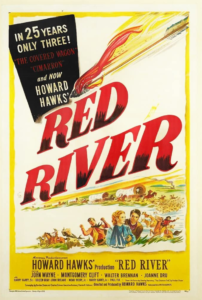
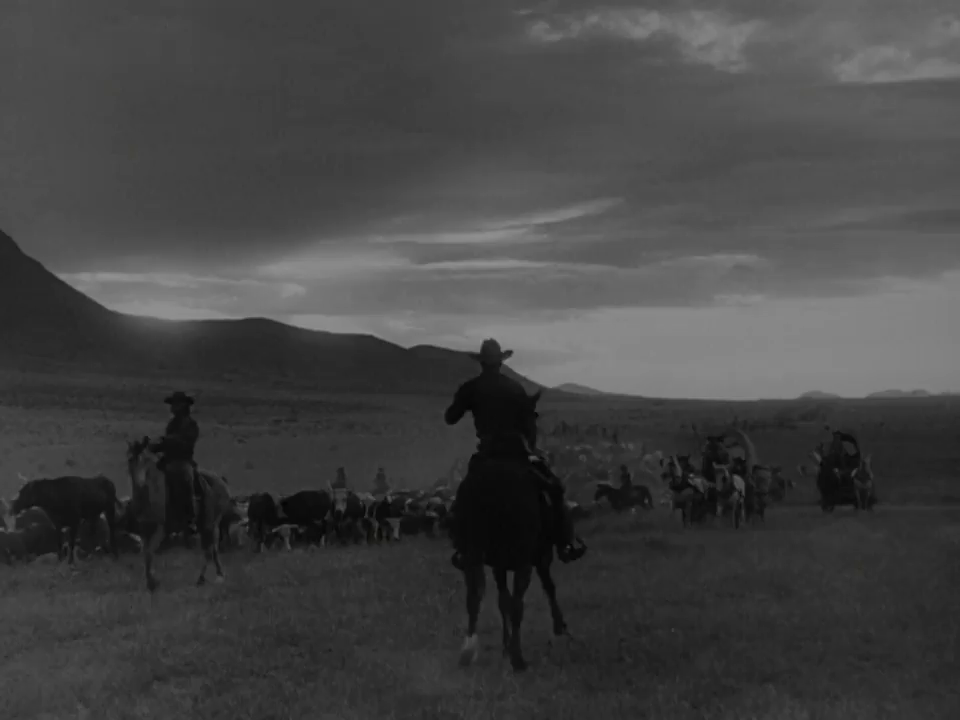
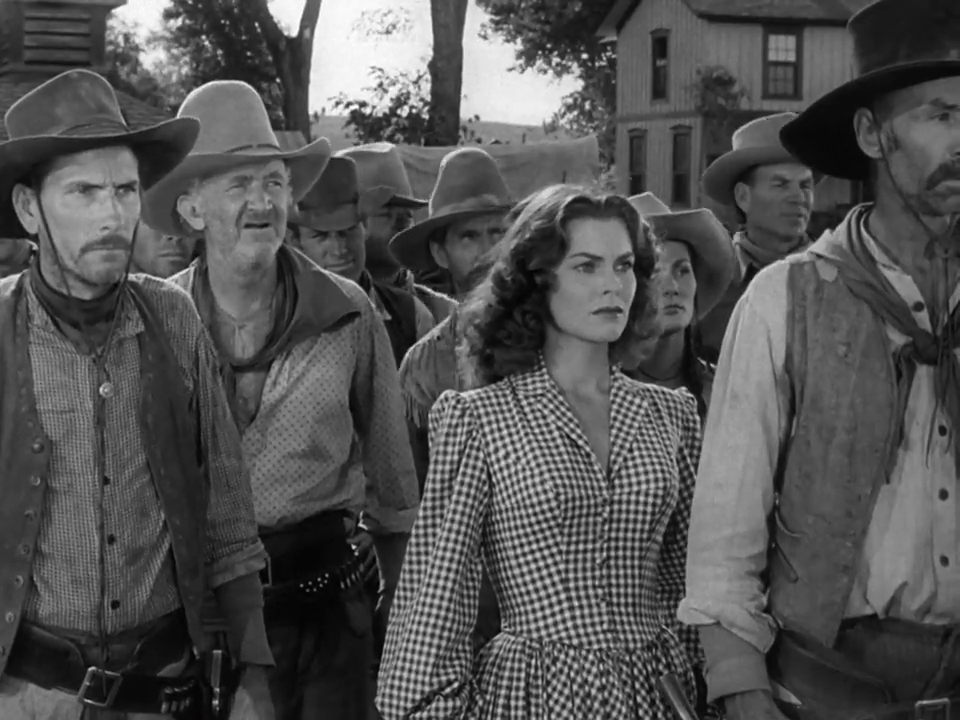

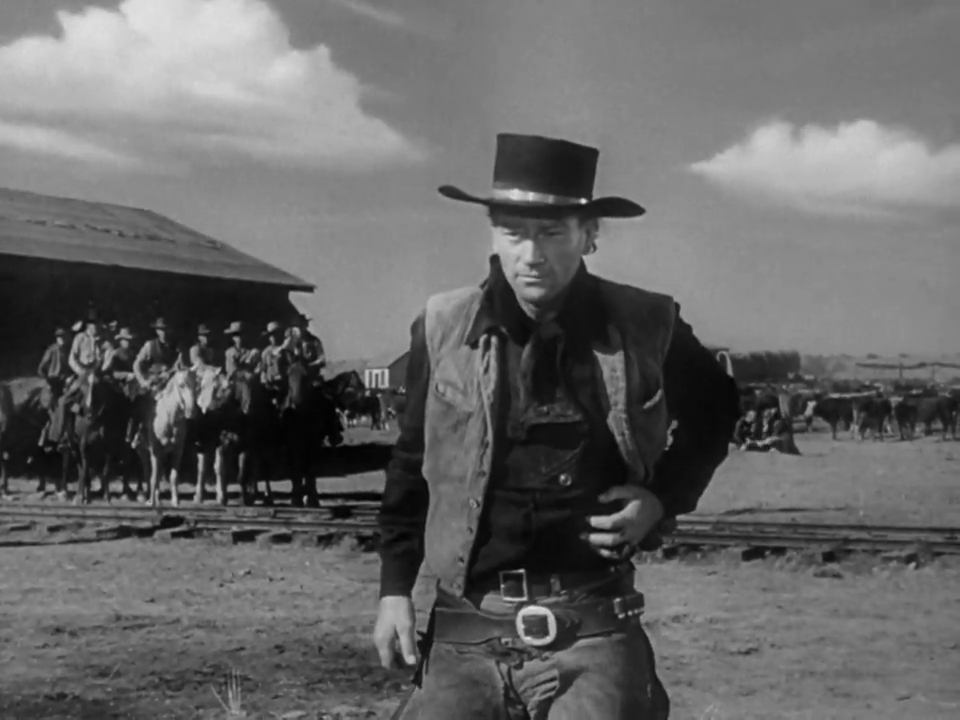

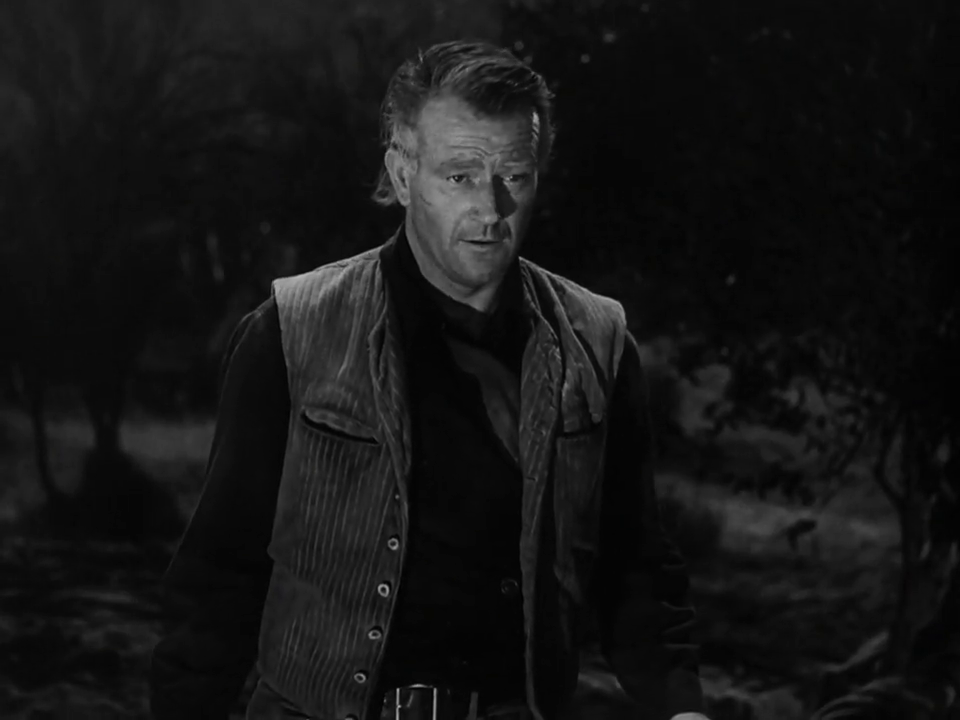

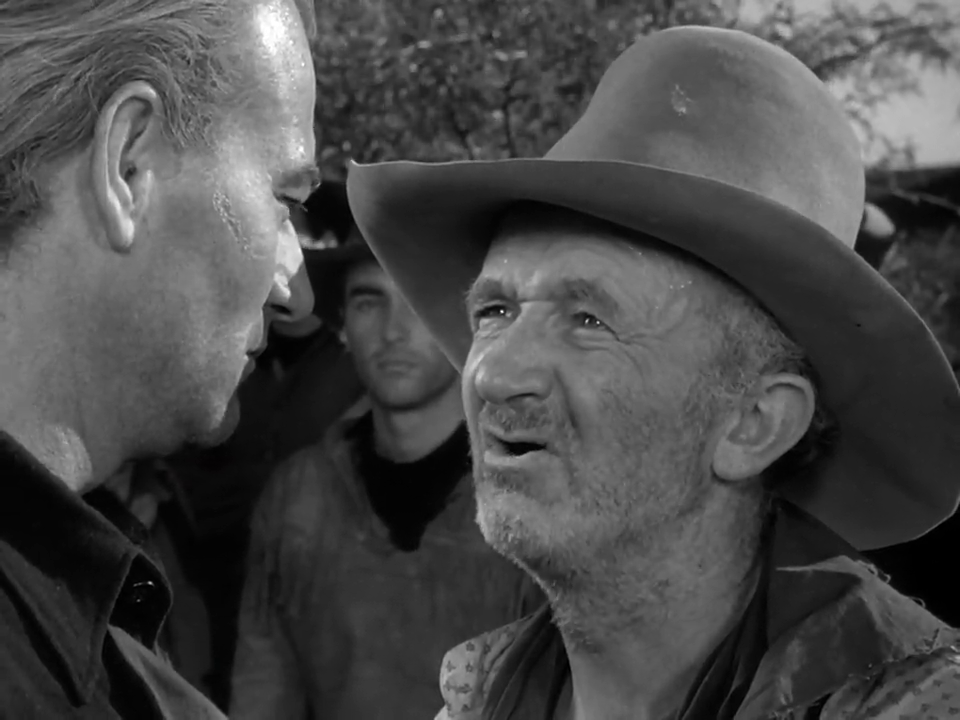
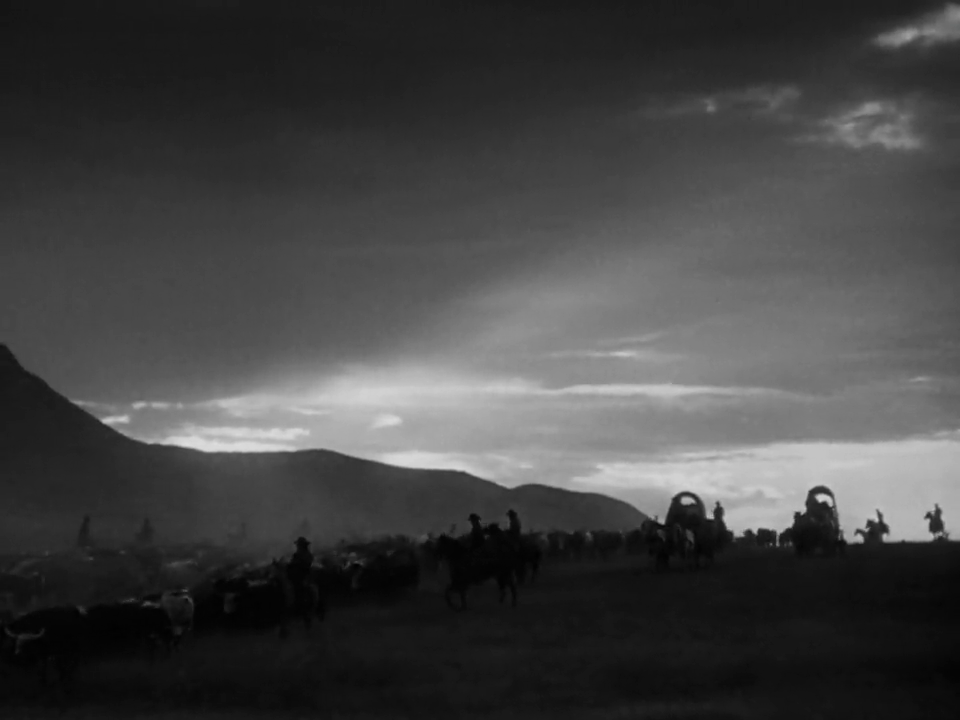
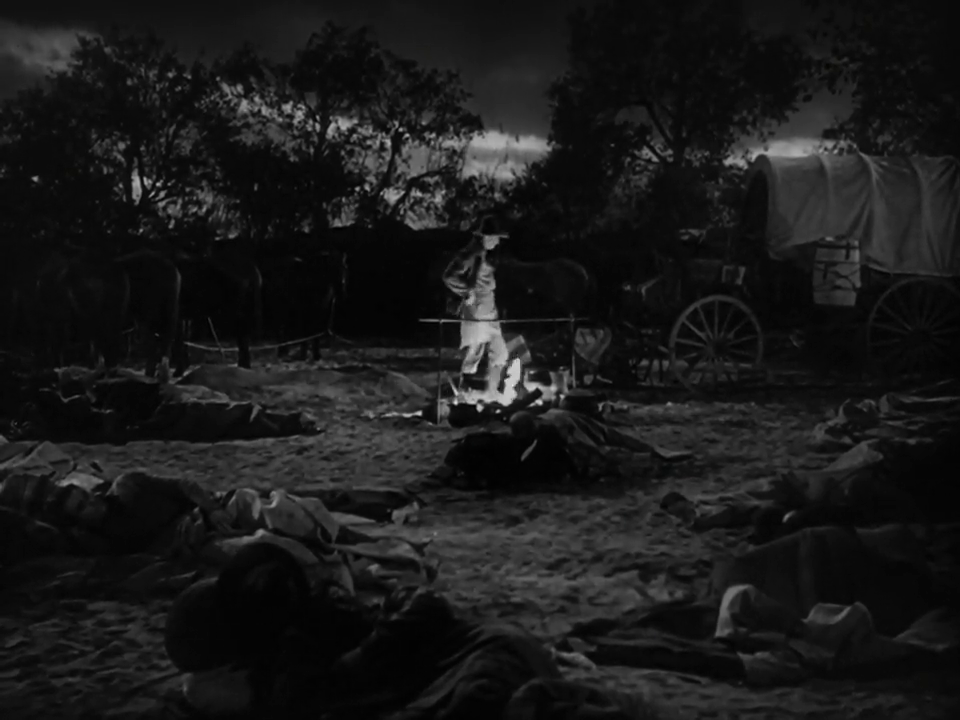

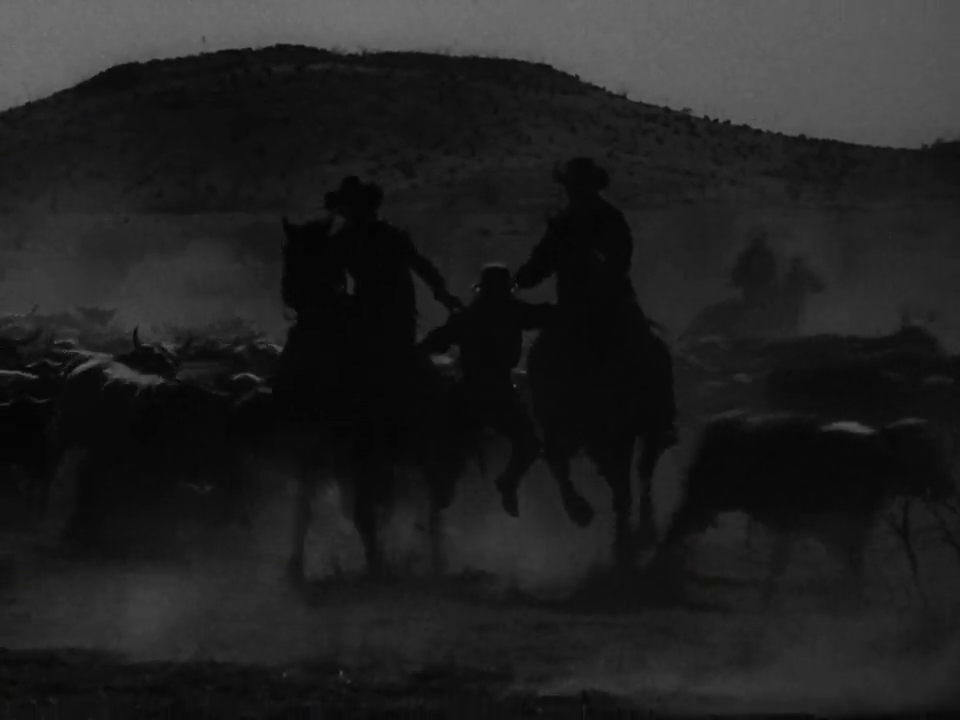
One thought on “Red River (1948)”
A once-must, for its place in cinema history.
This film benefits greatly from its establishing sequence in which we’re shown how Wayne and Clift meet (when his character is a boy). Setting up their bond in that way gives the two a sort-of short-hand for the rest of the episodic story.
This isn’t a particular fave of mine – though I can’t find fault with anything in it, particularly. It’s very smooth, solid storytelling and, at times, arresting in impact.